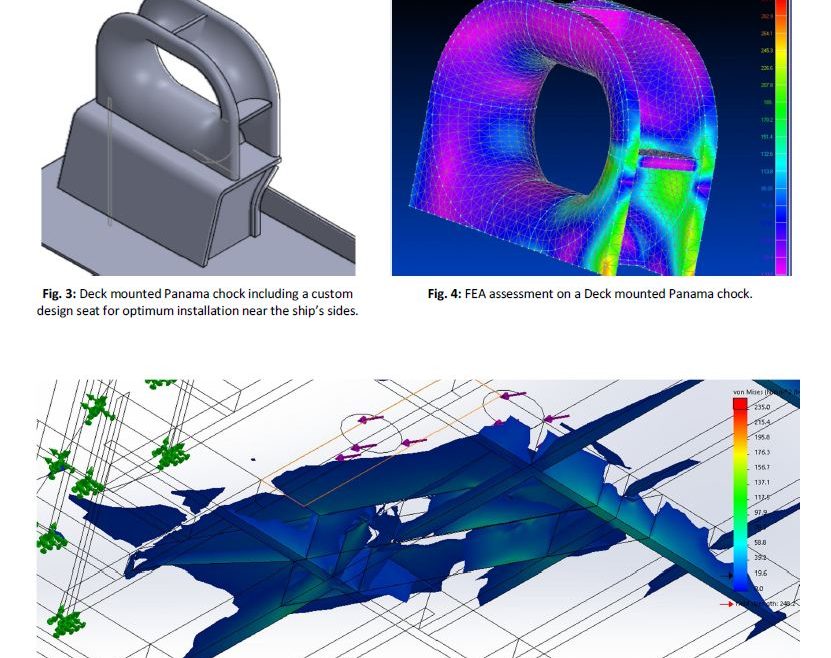The ambitious Panama Canal expansion project has finally been completed and one year has already passed since the opening of the 3rd set of locks in June 2016.
Table 1: Maximum vessels dimensions able to transit the new locks as provided by the Panama Canal Authority (ACP):
| Existing Panamax ships | New Panamax ships | |
| Length | 294.13 m | 366 m |
| Beam | 32.31 m | 49 m |
| Draft (TFW) | 12.04 m | 15.2 m |
| TEU | Approx. 5,000 | Approx. 13,000 |
Despite that shipping and commodities players estimate that the new set of locks will mostly influence Asian-American container trade routes (Containerships < 13,000 TEU), tanker and bulker routes are also expected to be considerably affected, since partially loaded vessels of up to 180,000 DWT (Capesize bulkers and Suezmax tankers) will be able to transit the new enlarged Canal[1].
Statistics from October 2016 to August 2017 show that a considerable amount of Neopanamax Bulk carriers among Containerships and LPG carriers, have started exploiting the Canal’s new chartering opportunities.
 Fig. 1: Traffic by market segment Oct.2016 to Aug.2017 (source: Canal De Panama)
Fig. 1: Traffic by market segment Oct.2016 to Aug.2017 (source: Canal De Panama)
In this respect, it is essential for Owners and Operators to assess the benefits of such chartering prospects and decide whether to upgrade their existing fleet of vessels in order to grasp this opportunity and make their fleet capable to transit the expanded Panama Canal.
It should also be noted that such vessel upgrade is already being implemented in the majority of the Newbuildings projects. Regarding existing ships, it is important that the upgrade is timely prepared and scheduled during ship’s regular (intermediate/ special) Class surveys in order to avoid any possible loss of hire.
Accordingly, Owners and Operators wishing to upgrade their existing post panama vessels in order to meet the requirements of the expanded Panama Canal, need to comply with OP NOTICE TO SHIPPING N-01-2017 available for download at the ACP website.
Streamlined Naval Architects Ltd. can offer to the Owners and Operators the following services:
- Assessing the existing arrangements of ships and identifying items required to be modified or/and added.
- Preparing new mooring arrangement plan in compliance with the ACP requirements taking in mind optimum mooring operations with minimum modifications.
- Submitting all required drawings to ACP for approval and handling all communications until final approval by ACP is granted.
- Designing relevant construction and outfitting drawings, submitting to Classification Society and follow-up, always bearing in mind minimum modifications required to reduce the associated retrofit cost.
- Keep the retrofit cost low by upgrading instead of renewing existing mooring fittings and strengthening the existing vessels scantlings as far as practicable.

Fig. 2: Indicative rendered view showing the mooring fittings on a ship’s Fore mooring area

[1] U.S. Department of Transportation (Maritime Administration), “Panama Canal Expansion Study Phase 1 Report: Developments in Trade and National and Global Economies”, Nov. 2013
For further information, please download our Panama Canal newsletter.
